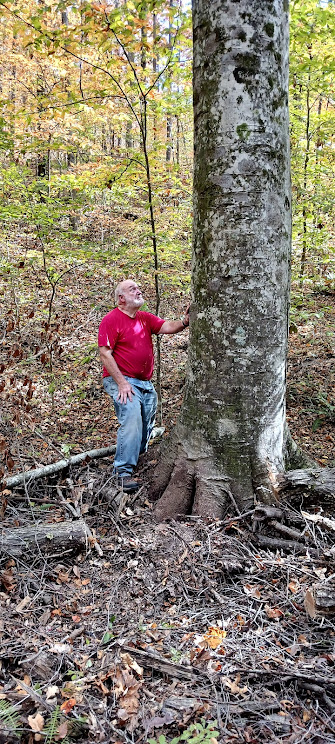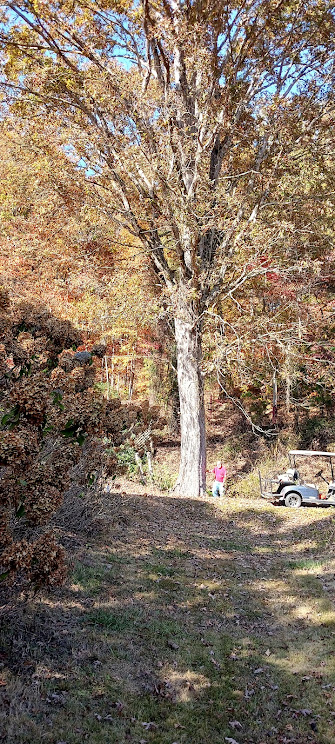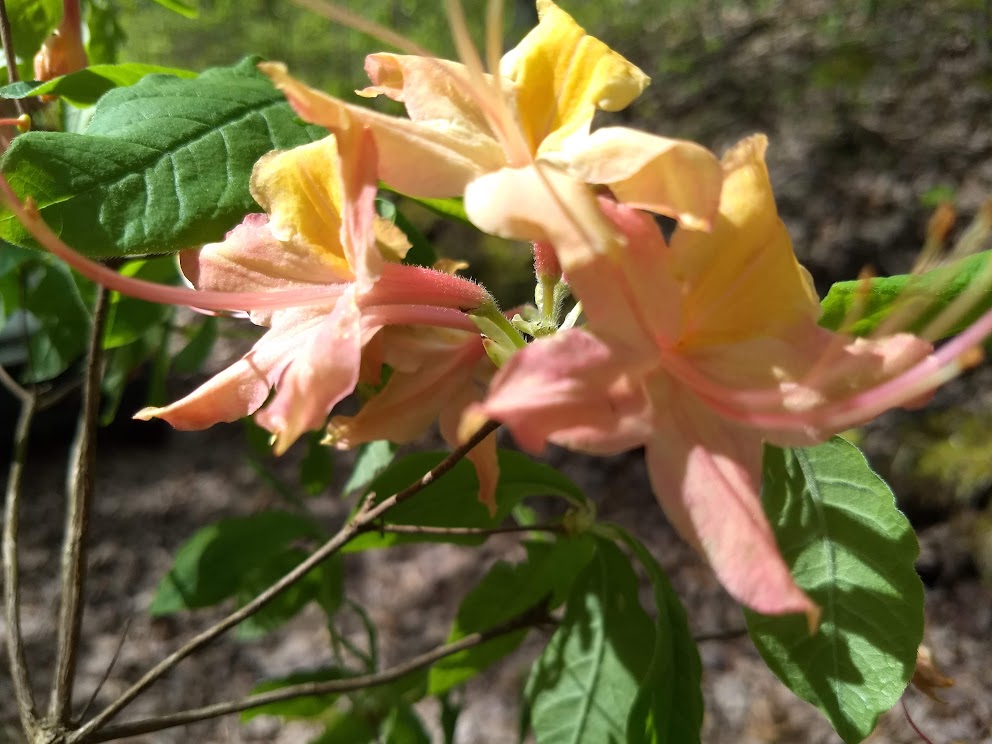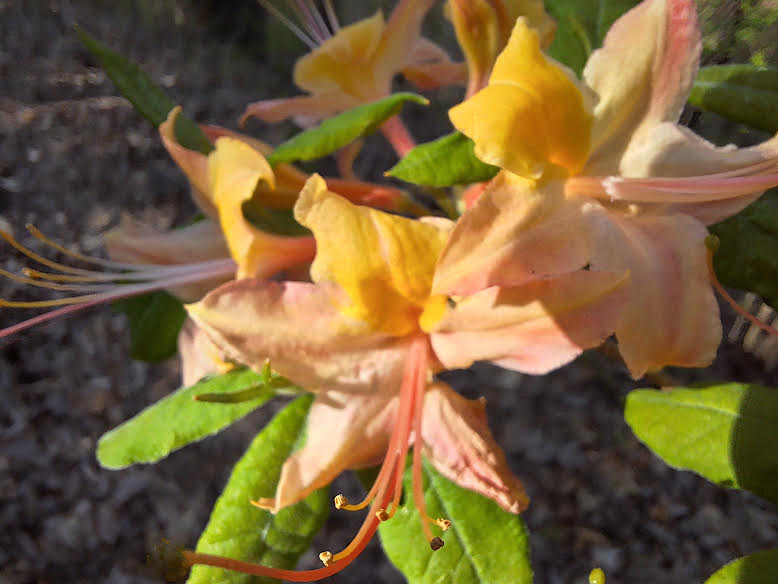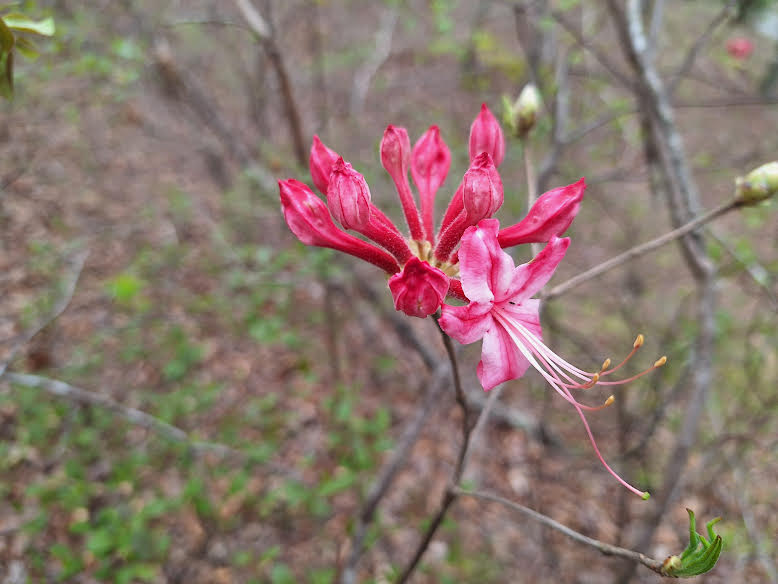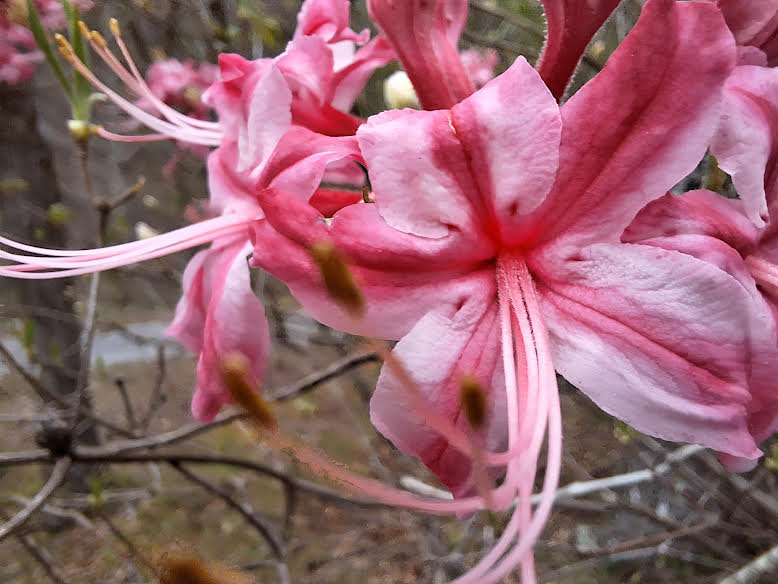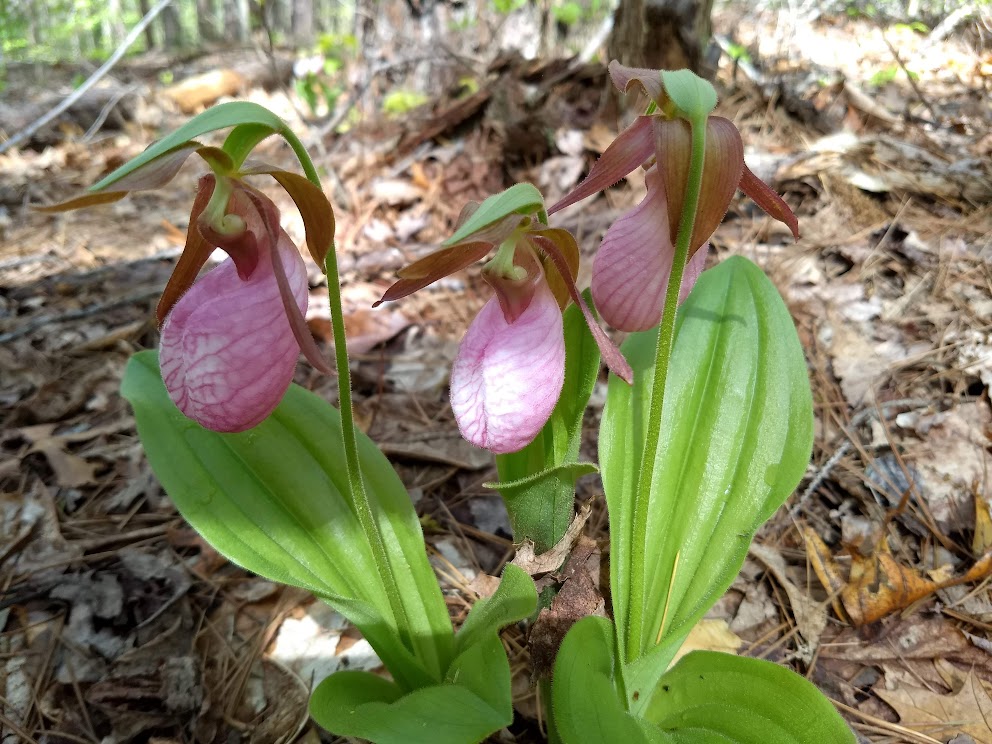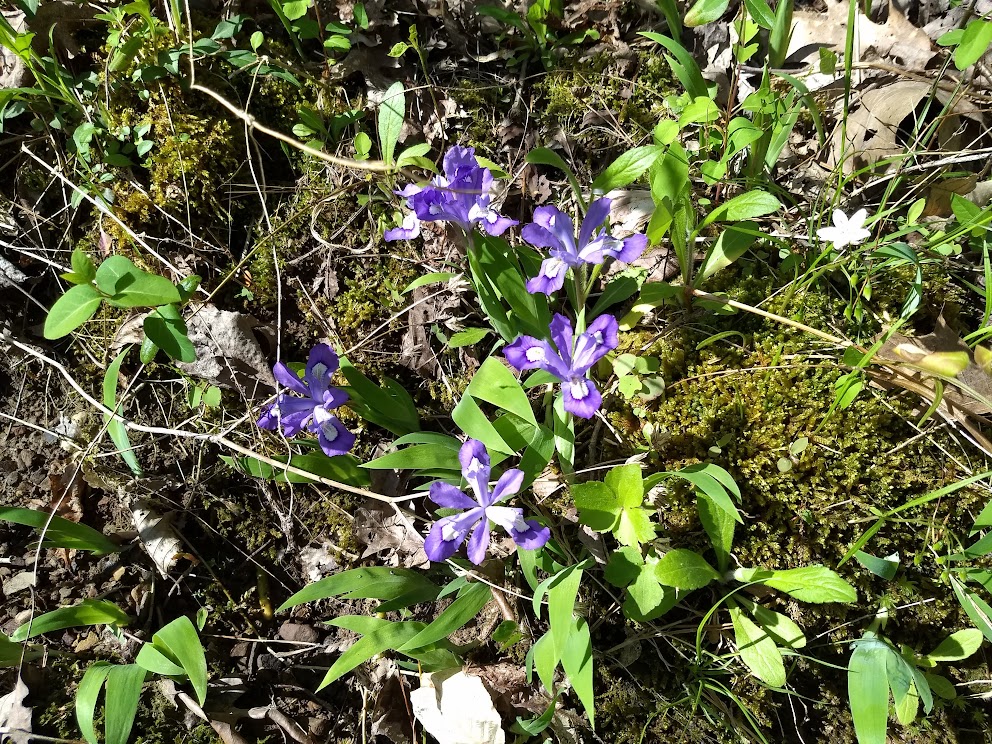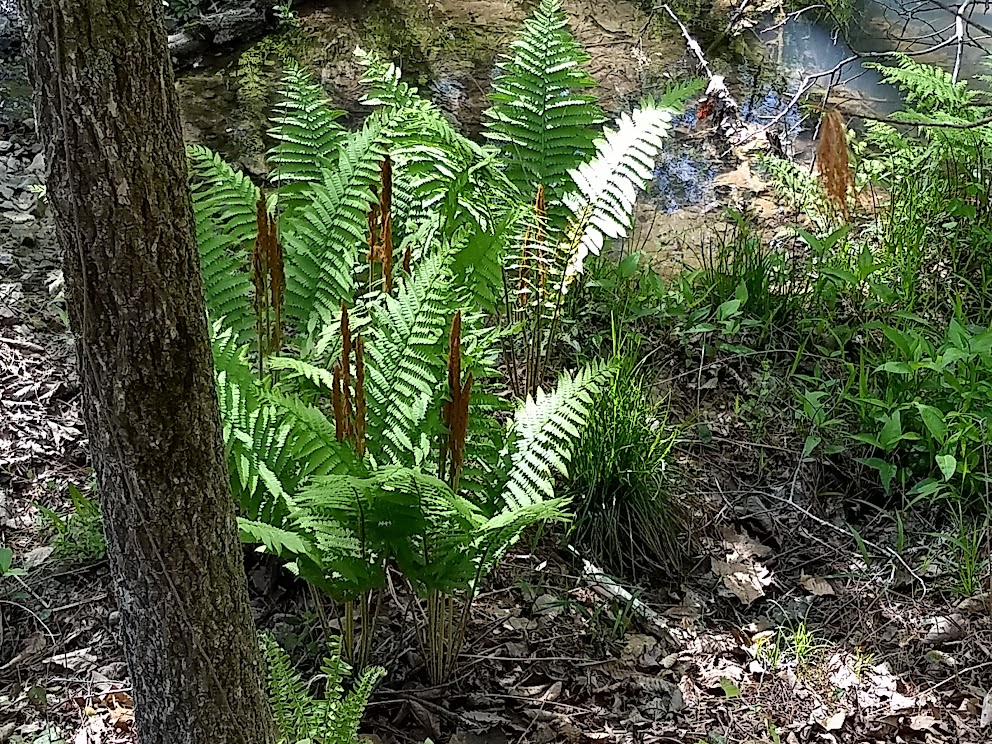Conservation of Natural Areas
The Hollow contains over one hundred acres of land that hasn't been disturbed except for a very few acres of farming and horse and mule logging in the 1940s. The trees here range from 75 years old for most trees and for the Hickory's and a few other trees, it ranges to over 300 years, dating back to the late 1600's or before many European settlers entered Tennessee.
THE GARDENS
The Gardens, are what I consider a development area where different varieties of annuals, perennials, shrubs, and trees can be grown and displayed for the enjoyment of the visitor. They are separate from the over 100 acres of Natural areas that are to be protected. New plants and shrubs and growing techniques can be introduced to enhance the Gardens. Only native species can be added to the Natural Areas and great care has to be taken to not introduce invasive species.
NATURAL AREAS
The Natural areas are not logged or disturbed except for the removal of invasive species, dangerous trees, or other hazardous plants. If possible, battery-powered tools should be used for work in these areas unless conditions warrant it. EPA-approved herbicides following Tennessee Department of Agriculture guidelines can be used to control invasive species or unwanted woody or herbaceous species. Access to them is only by trail, by foot, or by Golf Cart, no four-wheel drive or other vehicles that would damage the trails except for special circumstances. The addition of Native plants to these areas is permitted.
Major Species of Native Plants
Native Azaleas
The Hollow is blessed with an unusual amount of Native Azaleas. Thousands of different plants and colors grace the Hollow's slopes and hollows. These are in colors ranging from pure white to dark pink and are extremely fragrant. However, three rare azaleas for this area are also found. One is possibly a variety of the Flame Azalea(Rhododendron Calendulaceum) or a hybrid between two unknown varieties. This Azalea is displayed along the Azalea trail in the natural areas. These are unique in that they are light polychrome pink with one petal of gold. After I contacted Azalea specialists from Tennessee to Pennsylvania, the only place something similar to this plant has been seen is on Gregory's Bald in the Great Smokies. I thought this would be the last surprise in the Hollow, but this Spring, I found a new unique variety of Native Azalea shown in the second set of pictures below. This variety is unique in that it has a cherry-colored bud and opens to a flower that has center midribs of cherry on a light cherry petal. Since I found this Azalea, I have discovered other plants with some similar characteristics shown in the last picture.
Pink Lady Slippers
I have found four patches of Pink Lady Slippers(Cypripedium acaule) here so far, most can be found along the Azalea trail from one end of the Hollow to the other end. There are also scattered plants in other locations.
Dwarf Crested Iris
Dwarf Crested Iris(Iris cristata) are found in large patches here with literally thousands of plants in one drainage and scattered patches throughout the Hollow.
Ferns
The Fern Gully trail contains thirteen different types of ferns that I have identified. Especially large amounts of Cinnamon Ferns, Lady Ferns, Christmas Ferns, Royal Ferns, and an unusual fern named Resurrection Fern which can live in a symbiotic relationship on a host tree. The Fern Gully trail still has a loop to be developed that will enable the visitor to see many more ferns and even more native azaleas. Ferns are scattered throughout the Hollow along most of the trails.
Other Wildflowers, Flowering Shrubs, and Trees
Many other wildflowers and flowering shrubs are found scattered through the hills and drains of the Natural Areas of the Hollow. Cardinal Flower(Lobelia cardinalis), Wild Ginger-Little BrownJug(Hexastylis arifolia), Spring Beauties(Claytonia virginica), Azure Bluet(Houstonia caerulea), Wild Geranium(Geranium maculatum), Hearthleaf Foam Flower(Tiarella cordifolia), Jewelweed(Impatiens capensis), Dwarf or Painted Buckeye(Aesculus sylvatica) are some of these and the list goes on and on. I have identified over 100 different wildflowers and twenty flowering shrubs and trees in the Hollow over the last 50 years and I think there are more that I haven't found. Just in the last few months, I have recently found several new varieties that I had not discovered before.

